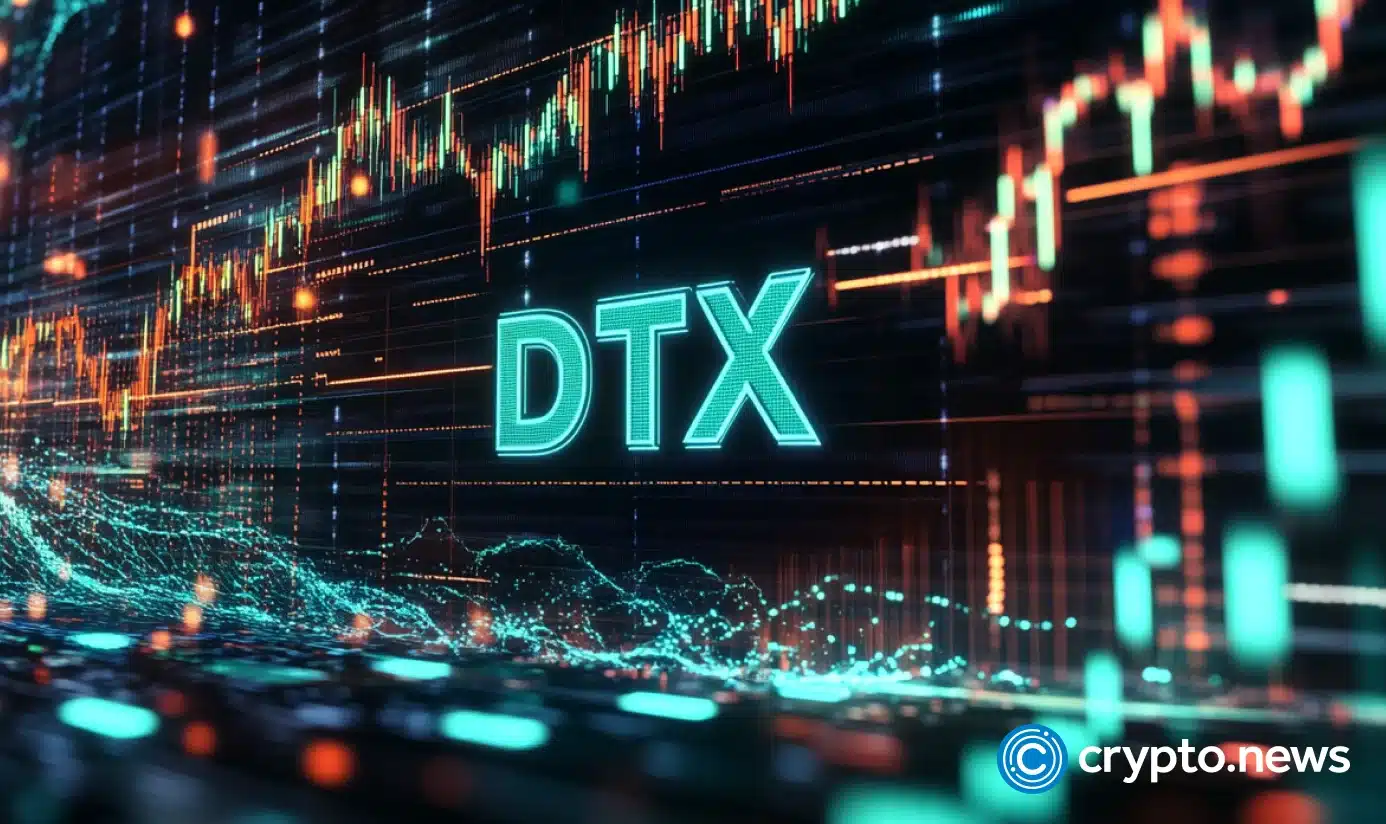
Disclosure: The views and opinions expressed here belong solely to the author and do not represent the views and opinions of crypto.news’ editorial.
Crypto can’t stay the same forever. However, the push to expand blockchain-based finance into new, useful, or wealth-driving territories has proven to be more difficult than expected.
That said, crypto derivatives have gained traction as more experienced traders seek more sophisticated trade categories. Derivatives, of course, are a mainstay in traditional financial markets, so much so that they’re often part of compensation packages for employees joining burgeoning startups or already-public companies.
But crypto derivatives don’t precisely mirror their fiat counterparts. Much like other facets of blockchain technology, “under-the-hood” tech and infrastructures mean that they don’t always function similarly to traditional market drivers.
Yes, crypto derivatives like options create the opportunity to capitalize off the industry’s volatility and response to sociopolitical events, but traders effectively have two ways to go about it.
Today, many crypto derivative platforms only offer options trading based on inverse contracts, which use cryptocurrencies like Bitcoin (BTC) as both the underlying asset and collateral. It essentially means that the contract’s value is inversely related to the price of the underlying assets. If BTC’s price goes up, the contract’s value drops, and vice versa.
Under this model, both profits and losses are settled in the cryptocurrency itself—which exposes traders to both higher volatility and more complex pricing dynamics. This might be preferable to traders looking to speculate on the asset’s price volatility through direct exposure, especially during a bear market. Likewise, traders do stand to gain potentially higher yields by leveraging option price movements and positions in the underlying currency, especially in highly volatile markets. Inverse contracts also allow for more advanced hedging strategies since traders can hedge options and underlying assets in one fell swoop.
On the flip side, traders are exposed to uniquely high volatility risks given the pricing mechanics of inverse options contracts. Since option value and underlying asset prices affect returns, traders are a lot more vulnerable to extreme volatility—especially when profits and losses are settled in non-asset-backed cryptocurrencies. With higher liquidation risks and unpredictable gains, it’s no surprise that inverse options trading isn’t exactly welcoming to newer traders.
Despite the complexity, platforms like Deribit have made inverse options contracts the backbone of their platform, which has accounted for over 90 percent of crypto derivates trading as of last July. But are inverse contracts really the only option (no pun intended) here?
More recently, Deribit competitors have been delivering alternatives to cut into the platform’s hegemony on crypto derivatives. The most notable exchange in the space is Thalex, which offers stablecoin-backed options trading as opposed to inverse contracts.
While the clue is in the name, stablecoin-backed options trading uses stablecoins as collateral for trades, creating a direct relationship between the contract’s value and the underlying asset’s price. Since platforms like Thalex offer both collateral and settlement in stable currencies, the volatility risk is much lower while enabling the exchange to deliver a simpler pricing model.
Immediately, Thalex’s appeal to traders looking for stabler and more predictable returns is clear. Since collateral is in a fiat-tied stablecoin, traders have a more robust value base that isn’t swayed so heavily by market volatility—and any profits will have a more certain value since they aren’t subjected to crypto price swings. In the long run, however, this model could eat into potential yield, which may not appeal to risk-hungry, profit-focused traders.
Sure, a stablecoin-backed options trading model does grant less leverage and lower yield potential in bull markets, in addition to requiring access to stable assets to participate in it. But for newer traders just getting their feet wet in crypto derivatives, that is not necessarily a bad thing. Likewise, more experienced or institutional traders unwooed by the high-risk, high-reward game of inverse options contracts now have a more reliable avenue to pursue derivatives trading.
Crypto derivatives mark an evolution in what crypto is capable of and demonstrate the industry’s ability to match or even surpass what’s possible in traditional financial markets. However, the emergence of alternatives within the space so soon also emphasizes the need to maintain competition and always provide ways to broaden access to new tools. Otherwise, crypto will just merely mimic traditional markets rather than improve on what they offer.




